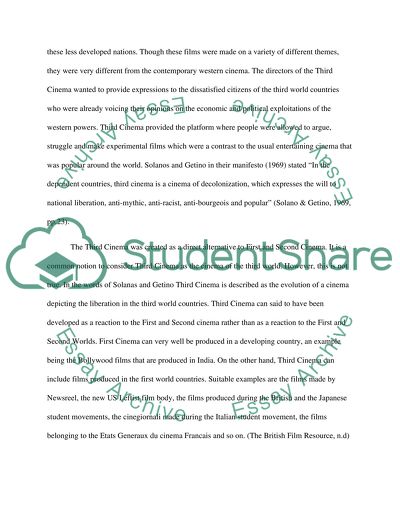Cite this document
(“Essay on Third Cinema Example | Topics and Well Written Essays - 1500 words”, n.d.)
Retrieved from https://studentshare.org/visual-arts-film-studies/1440963-third-cinema
Retrieved from https://studentshare.org/visual-arts-film-studies/1440963-third-cinema
(Essay on Third Cinema Example | Topics and Well Written Essays - 1500 Words)
https://studentshare.org/visual-arts-film-studies/1440963-third-cinema.
https://studentshare.org/visual-arts-film-studies/1440963-third-cinema.
“Essay on Third Cinema Example | Topics and Well Written Essays - 1500 Words”, n.d. https://studentshare.org/visual-arts-film-studies/1440963-third-cinema.


